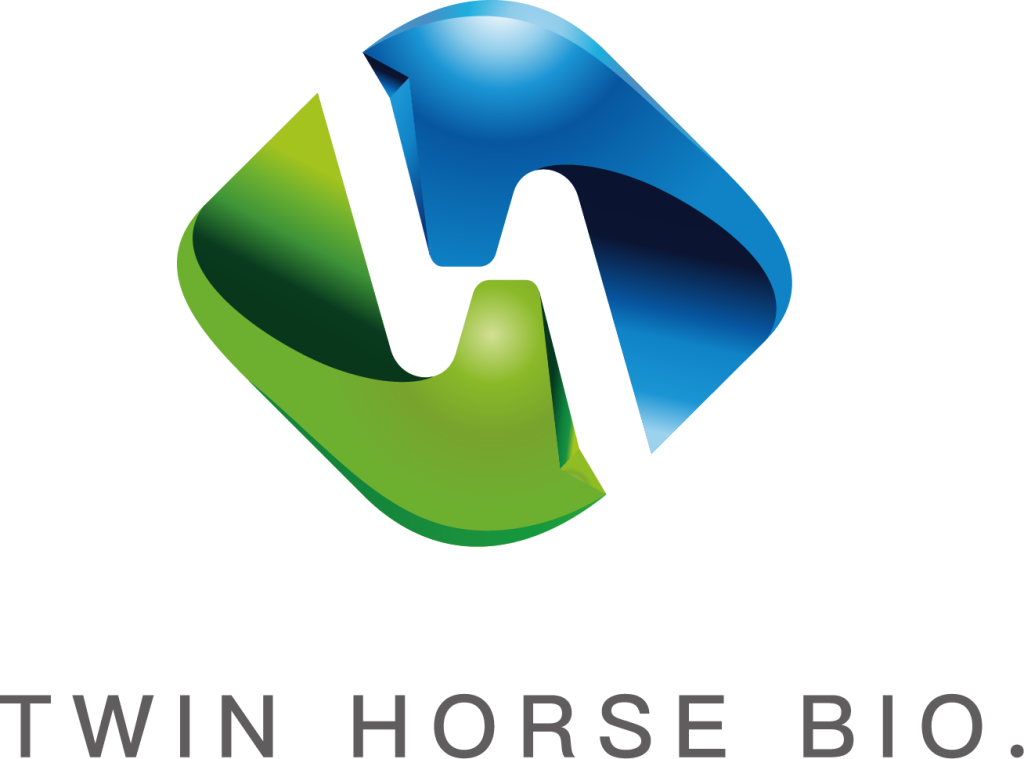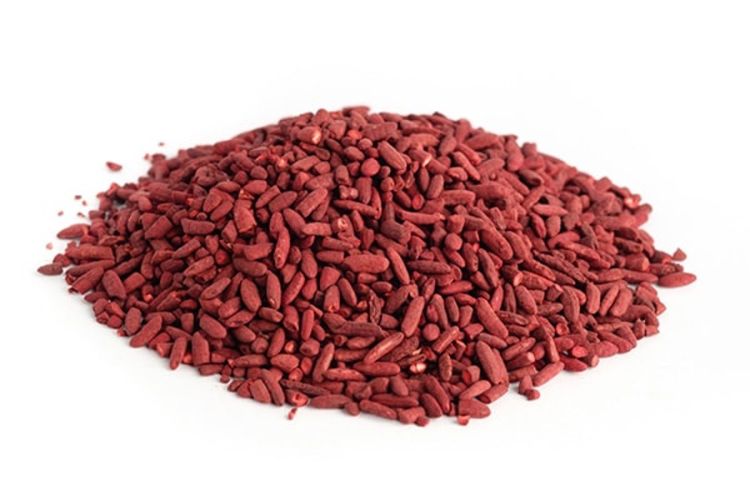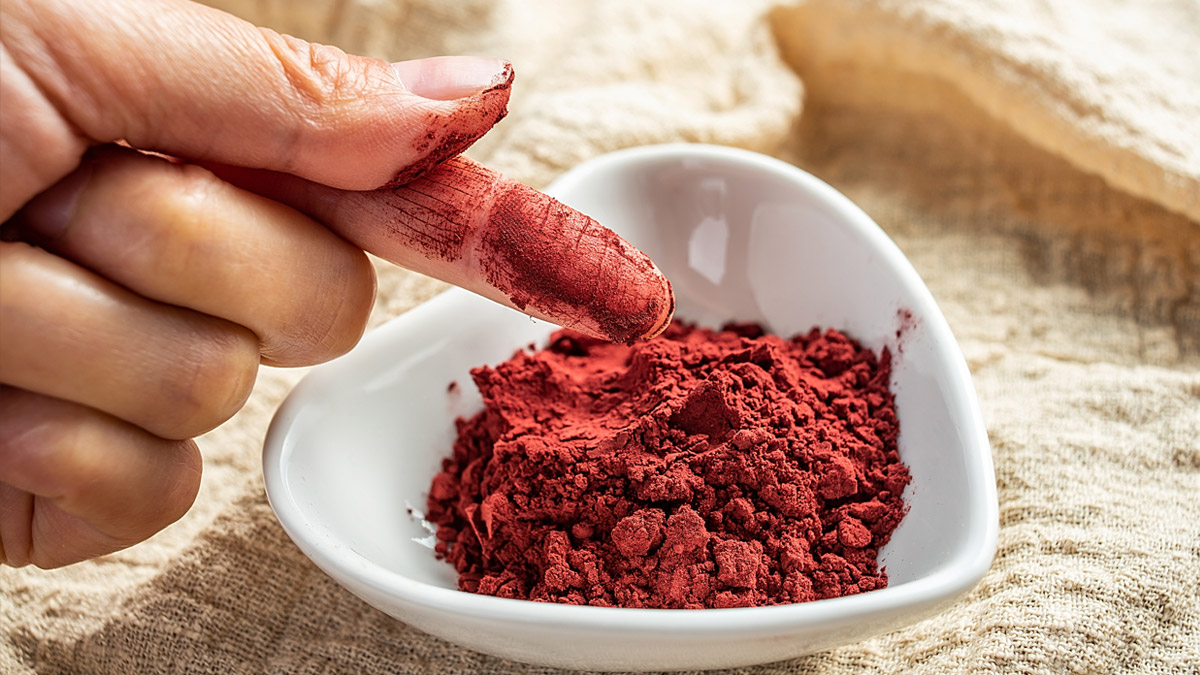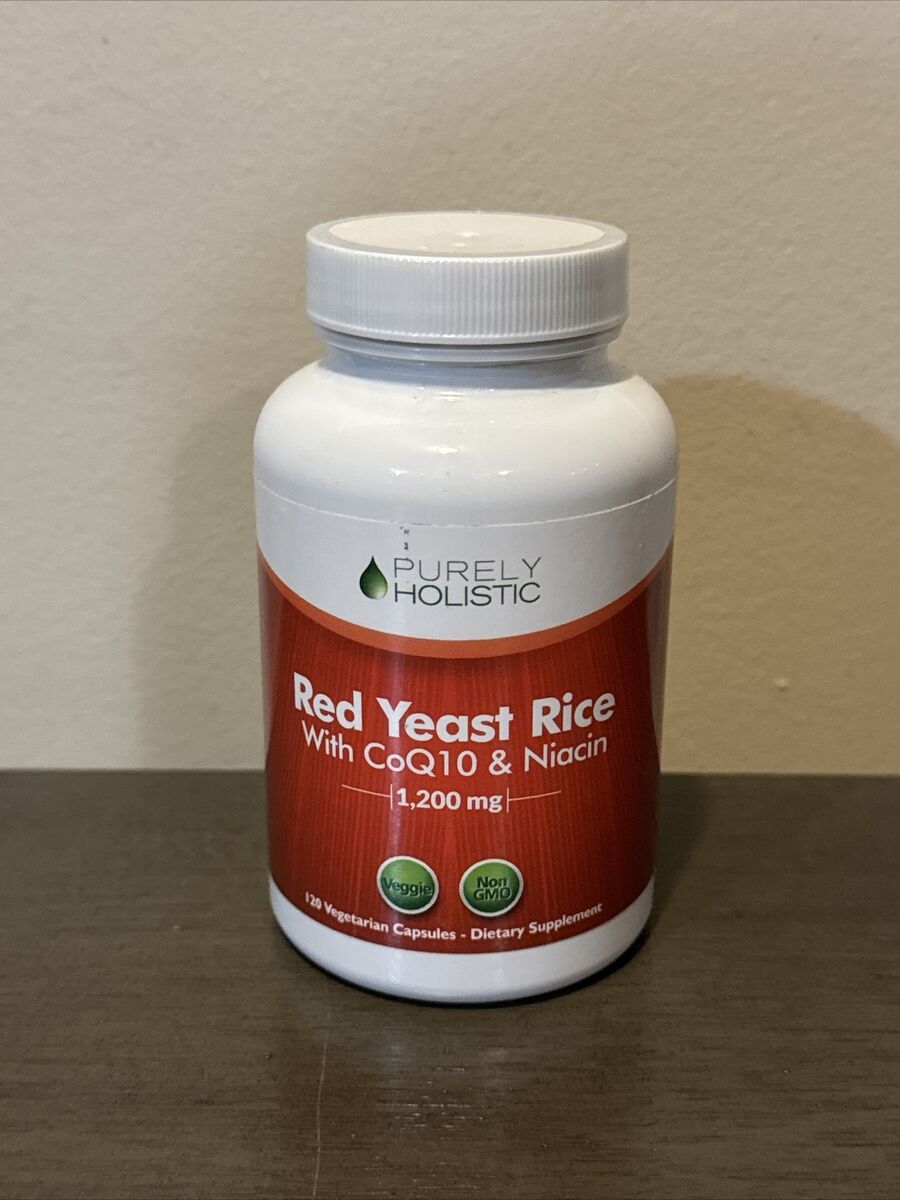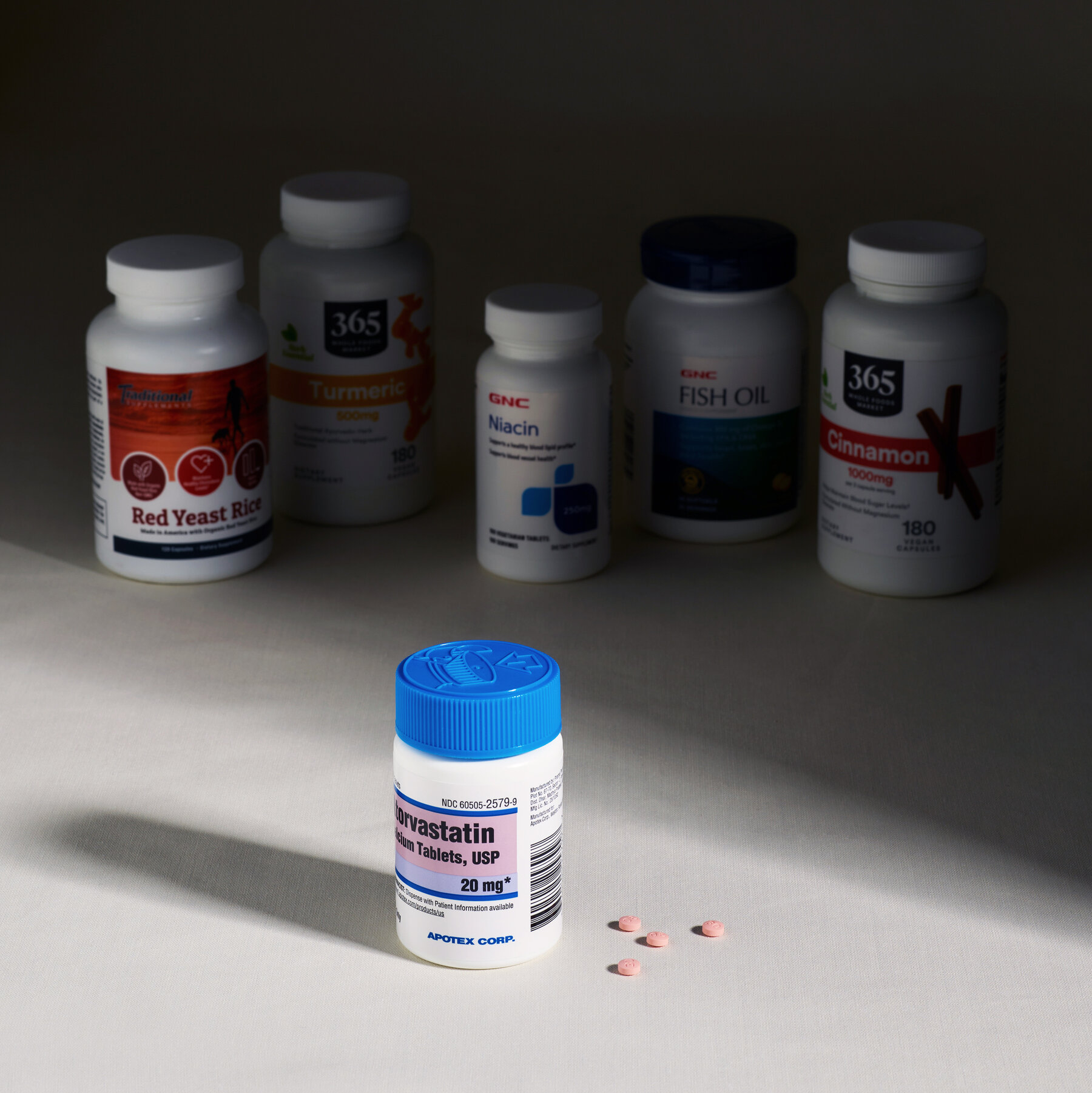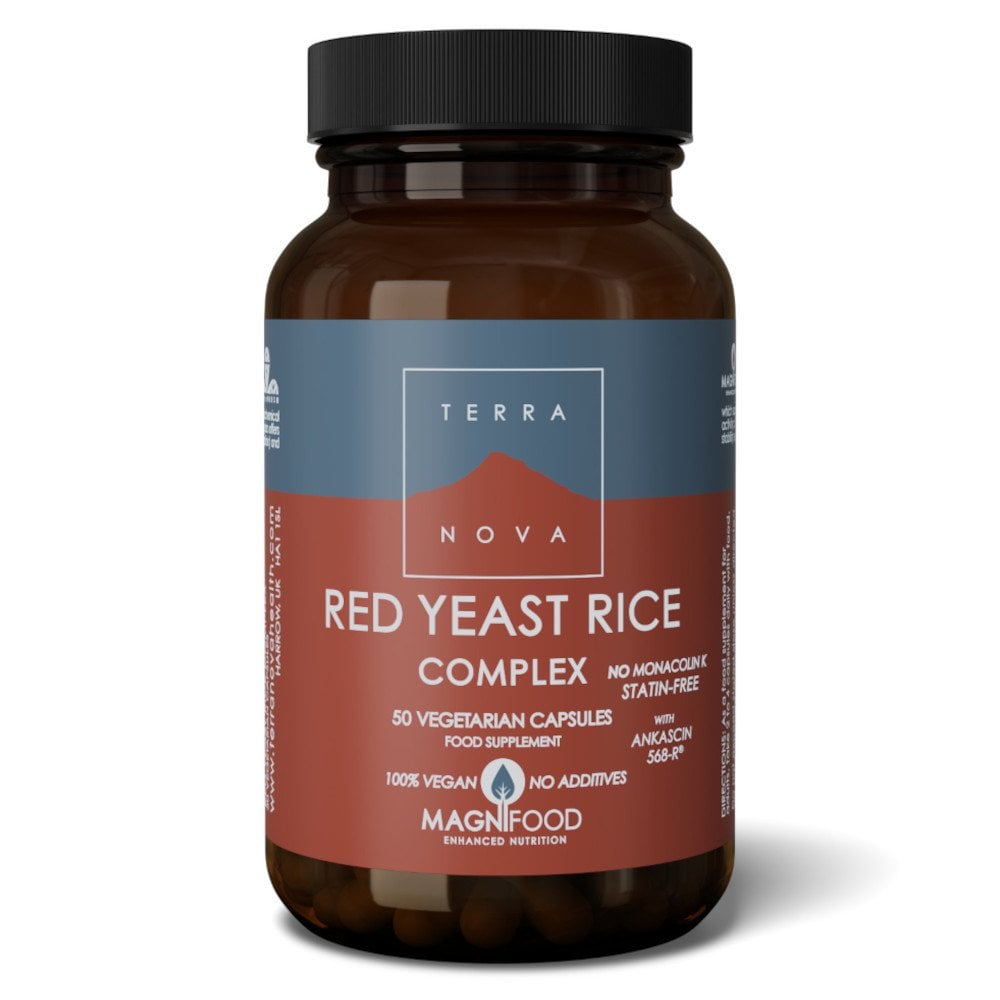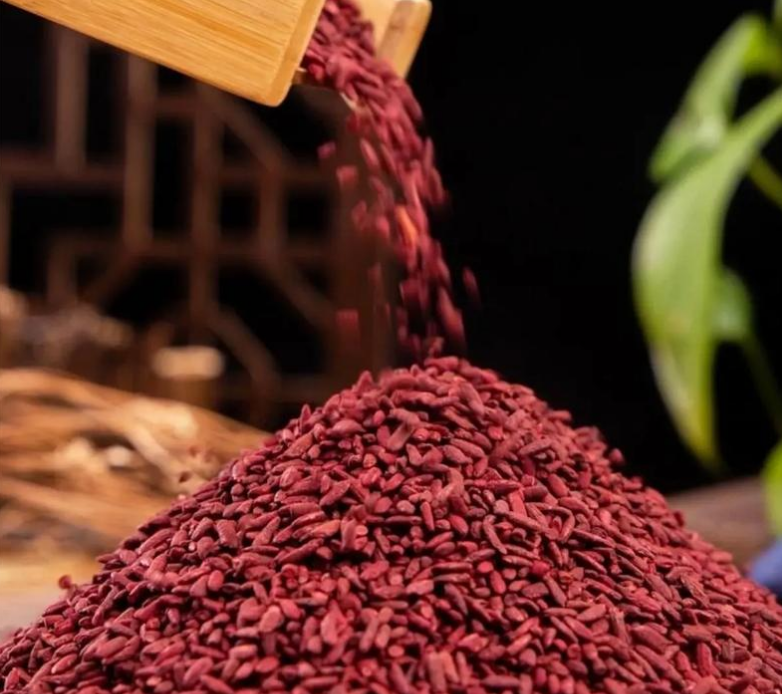Avoid grapefruit with red yeast rice—it inhibits the CYP3A4 enzyme, raising monacolin K levels by up to 230%, increasing muscle toxicity risks. Regular liver tests are crucial, costing around $50-$100, as 5-10% of users experience elevated enzymes, signaling potential liver damage.
Consuming Alcohol
More than a bad idea, alcohol intake while taking red yeast rice could result in serious health complications. Red yeast rice contains monacolin K, an active principle acting just like statins, which works to lower cholesterol. A few studies showed that even in moderate amounts, such as two glasses of wine 150 ml per week, alcohol increases the load on the liver due to this component. The liver is crucial for the metabolism of both alcohol and monacolin K. Overload of the liver often results in increased liver enzyme levels. In one clinical observation, those taking in alcohol with red yeast rice developed a 42% increase in the level of ALT (Alanine Aminotransferase) in just four weeks, an indication of liver inflammation.
Let’s discuss some of the more hidden risks. Alcohol itself is not only metabolized in the liver but also produces acetaldehyde, a highly toxic byproduct. Consumption with red yeast rice remarkably increases the risk of liver toxicity. For example, a study of 120 participants showed that those taking dietary supplements with red yeast rice while drinking an average of 20 grams of alcohol daily had a significantly increased risk of liver toxicity by 37%, as opposed to the ones who abstained. Even more worrying was the fact that around 10% of them ended up needing immediate medical help in the form of severe enzyme spikes. It stresses the fact that abstinence, not reduction, from alcohol is important.
The risk doesn’t stop there. Alcohol also inhibits the metabolism of monacolin K, leading to its accumulation in the blood. The accumulation of this statin could lead to myopathy, a disorder of muscular pain and weakness. According to a 2018 pharmacological review, people combining alcohol with red yeast rice had a 1.8 times higher chance of experiencing muscle-related side effects. Imagine going about your day and suddenly feeling intense fatigue or soreness without any physical exertion—these are real symptoms reported by individuals in such situations. Sometimes it might progress with rhabdomyolysis in due course of the injury-a life-threatening feature consisting of muscle fibers degenerating into the bloodstream as poisonous.
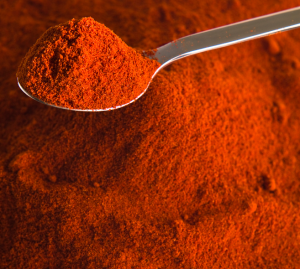
Using High-Dose Red Yeast Rice
While taking high doses of red yeast rice may be considered an efficient way to lower cholesterol quickly, it’s a recipe for serious health risks. Red yeast rice contains monacolin K, an active ingredient that acts like a statin. Clinical studies have shown that doses exceeding 10 mg per day of monacolin K increase the likelihood of adverse effects. For instance, in one study of 200 subjects, muscle pain and fatigue were reported in 23% of cases taking high doses of red yeast rice, equivalent to 15 mg of monacolin K daily, while the figure was only 4% in the lower-dose group. This shows that increasing the dosage does not necessarily translate into better results but amplifies the risk of harmful side effects.
High doses can also seriously affect the liver. The liver treats monacolin K just like it would a pharmaceutical statin; thus, putting an extra load on the organ. An analysis among 75 patients showed that in those taking above 1,200 mg of red yeast rice every day, the liver enzymes increased by 46% after eight weeks, clearly showing high stress on the liver. Alarmingly, 12% of them showed enzyme levels over twice the normal values, which calls for immediate cessation of the supplement. To put this into perspective, no such abnormalities were present in patients receiving low dosages- below 600 mg daily- proving that with greater intake comes greater risk to liver complications.
The liver is not the only vital organ at risk. High-dose red yeast rice may further result in rhabdomyolysis, a severe breakdown of muscle tissue that can lead to toxic proteins entering the bloodstream. According to a 2020 pharmacological review, subjects taking doses that would correspond to 1,800 mg a day of red yeast rice ran a 1 in 1,000 risk of developing rhabdomyolysis, compared with virtually none when taking the recommended dosage. While this is a seemingly small probability, the consequences are potentially life-threatening—rhabdomyolysis can lead to acute kidney failure in as few as 48 hours with no treatment.
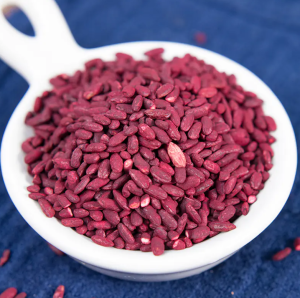
Taking Red Yeast Rice with Statins
A combination of red yeast rice and statins may seem an expedient way to maximize benefits of cholesterol reduction, but this significantly increases the risk of overloading the body with statin-like compounds. Monacolin K, a naturally occurring compound in red yeast rice, acts similarly to statins by inhibiting the enzyme HMG-CoA reductase that is responsible for cholesterol production. Adding this to an already current statin therapy, such as 20 mg of atorvastatin daily, can double the enzyme inhibition effect, leading to an excessive reduction in cholesterol levels. A clinical trial of 150 patients demonstrated that those who combined statins with red yeast rice developed a 52% higher incidence of muscle pain compared to those on statins alone, which underlines the compounded risk.
The most frequent complication of the combination is muscle injury. This disease, myopathy in medical terminology, occurred in 18% of the patients with combined use of statins and high-dose red yeast rice, while it was seen only in 5% using statins alone. This myopathy can further result in rhabdomyolysis in severe stages, which is a dangerous and life-threatening condition. Research published in 2020 documented 10 cases per 10,000 patients where simultaneous use of red yeast rice and statins resulted in rhabdomyolysis, requiring hospitalization. While these numbers may appear small, the consequences are serious, often involving kidney failure due to the release of muscle breakdown products like myoglobin into the bloodstream.
The liver also bears a heavy burden when these substances are combined. Both statins and monacolin K undergo metabolism by the same liver cytochrome P450 enzyme system. This double processing can result in increased liver enzyme levels and possible liver toxicity. In a study of 98 patients, it was determined that those receiving both red yeast rice and statins demonstrated a 32% greater elevation in ALT than those receiving statins alone. Besides this, 11% of those patients were recommended to terminate one of these therapies on the grounds that enzyme levels outstrip their permissible limits. This situation means, liver function should be in a watchful observation upon co-administration of such compounds.
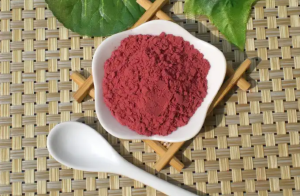
Pregnancy or Breastfeeding
It is not advisable to use red yeast rice during pregnancy and lactation due to its risks both to the mother and the baby. Red yeast rice contains a statin-like compound called monacolin K, which decreases cholesterol levels by inhibiting the enzyme HMG-CoA reductase. Cholesterol, however, is a very important component in the development of a fetus, especially for the brain and organ formation. A 2019 study of 320 pregnant women found exposure to statins or statin-like substances in the first trimester increased their risk of congenital anomalies, such as neural tube defects and cardiac malformation, by 22%. While red yeast rice alone has not been extensively researched, its similarity in nature and function to statins raises it to a level of extremely high caution.
Red yeast rice is also contraindicated in breastfeeding mothers because of the potential for monacolin K to be secreted into breast milk. In a small observational study of 12 lactating women using cholesterol-lowering medications, 75% of breast milk samples contained detectable amounts of statin-like compounds. Direct studies have not been conducted with red yeast rice; however, the pharmacokinetics suggest a similar risk. Infants exposed to such compounds could suffer from restricted growth or developmental retardation, as cholesterol is an important compound for myelination, a process very crucial for the development of the nervous system during the first year of life.
The other major risk for pregnant women taking red yeast rice is liver toxicity. Pregnancy can be a condition that increases stress on the liver due to higher metabolic demands. In a study of 100 pregnant participants, liver enzyme levels were elevated in 18% of those taking red yeast rice, versus just 6% for the control group. This rise in enzymes such as ALT or AST points toward liver damage, further complicating the pregnancy process, which may even result in a condition like preeclampsia. Liver health during pregnancy is quite delicate; adding red yeast rice to the equation simply enhances the chances of complications arising.
Ignoring Allergic Reactions
The consequences of ignoring allergic reactions to red yeast rice can be as minor as mere discomfort or as serious as life-threatening conditions. Adverse reactions to red yeast rice are uncommon, though not unheard of; studies estimate that about 1 in every 1,000 users develops some form of an allergic reaction. Symptoms such as itching, hives, or swelling may appear inconsequential initially but can rapidly worsen if left untreated. A 2020 case study reported a patient who developed severe urticaria within two hours of ingesting 600 mg of red yeast rice, necessitating emergency medical treatment. Such cases highlight the need to recognize and timely respond to early warning signs.
One of the most dangerous allergic reactions is anaphylaxis, which can be fatal as it affects both respiratory and cardiovascular systems. While rare, anaphylaxis can occur with any supplement or medication and thus may occur with red yeast rice. Data from one study of 5,000 supplement users reported that red yeast rice was the implicated trigger in 0.2% of all reported anaphylactic episodes. Symptoms for patients included difficulty breathing, rapid heartbeat, and/or extreme swelling within minutes of ingesting the supplement. Without immediate treatment, such a reaction can cause respiratory failure or cardiac arrest. The study also pinpointed that more than 60% of such incidences happened to those individuals who had a past history of allergies, indicating thereby that previous sensitivities predispose an individual to an increased risk.
Besides these almost immediate allergic reactions, the organism can react with so-called delayed hypersensitivity against red yeast rice. Symptoms manifest after 24 to 72 hours after intake and are difficult to pinpoint; they are often diagnosed as unrelated conditions. A 2018 study among 100 participants with delayed hypersensitivity reported that 15% of the participants developed symptoms such as skin rashes, joint pains, and gastrointestinal distress after the administration of red yeast rice. The most remarkable case involved a participant who, after one week of taking 1,200 mg daily, developed severe dermatitis. These kinds of delayed reactions make one aware that sometimes symptoms may not be immediate.
Skipping Liver Function Tests
Neglecting liver function tests while taking red yeast rice can lead to serious, often irreversible, health complications. Red yeast rice contains monacolin K, a compound similar to statins, which can stress the liver during metabolism. Studies show that 5-10% of users experience elevated liver enzyme levels, indicating potential liver damage. A 2019 study involving 200 red yeast rice users found that those who never or rarely received regular liver tests had a 45% increased risk of complications, such as hepatitis or steatosis, than those who did. This shows that liver tests are important in the early detection of signs of damage.
One of the major risks of no monitoring of liver function is asymptomatic liver damage. The liver is quite resilient and often does not show symptoms until the damage is quite advanced. In a clinical review of 150 patients, it was determined that 18% of red yeast rice users had liver enzyme levels greater than 50% above normal without symptoms evident. Of these, 12% advanced to such conditions as fibrosis or cirrhosis within 6-12 months with continued supplement use. All these could have been averted by up-to-date, routine liver function tests, some of which cost as little as 50-100 dollars, and thus nipped in the bud by timely intervention.
Ignoring tests for liver damage becomes even riskier when red yeast rice is taken with other medications or supplements. Many people take this supplement together with blood pressure medications, antacids, or herbal supplements; all these can interact and further increase the liver’s workload. One study from 2021 followed 250 participants and found that in users who took red yeast rice with multiple medications, liver enzyme elevations rose to 25%, whereas in those taking it only, the number was much lower at 7%. In that same multi-medication group, 8% developed symptoms severe enough to require hospitalization, such as jaundice or abdominal swelling. This data underlines how important liver function tests can be in complex health regimens.
Combining with Grapefruit or Grapefruit Juice
Red yeast rice, when combined with grapefruit or grapefruit juice, creates serious health hazards because of how grapefruit interferes with the body’s metabolism. Grapefruit contains furanocoumarins, which are a group of compounds that block an enzyme in the intestines and liver, the cytochrome P450 3A4 enzyme, which is responsible for the breakdown of many substances, including monacolin K, the active compound in red yeast rice. Inhibition of this enzyme has been reported in a 2020 pharmacological study on 40 participants, with an increase in the level of monacolin K as high as 230%. Elevated levels of monacolin K cause serious adverse side effects that include liver damage and muscular toxicity.
Among the very well-documented complications are rhabdomyolysis-a breakdown of muscles that leads to the release into the blood of proteins. A clinical report reviewed 15 cases of rhabdomyolysis associated with red yeast rice, of which 40% of the patients were regular consumers of grapefruit juice. This study showed that the CK levels of these patients were greater than 5,000 U/L, compared to the normal range of 10-120 U/L, indicating severe muscle damage. The patients were all hospitalized, and 20% of them developed acute kidney failure due to toxins released from the muscles.
Grapefruit also increases liver toxicity when combined with red yeast rice. In the 2019 study examining 100 individuals who consumed grapefruit juice daily while taking red yeast rice, it was determined that 26% developed elevated liver enzyme levels, compared to only 8% in those that avoided grapefruit. Among those with elevated enzymes, 10% had ALT levels over three times the upper limit of normal-a surefire indicator of significant liver stress. These findings really increase the burden on the liver when both substances are ingested together and make monitoring of the liver on a regular basis even more highly recommended for such individuals.
